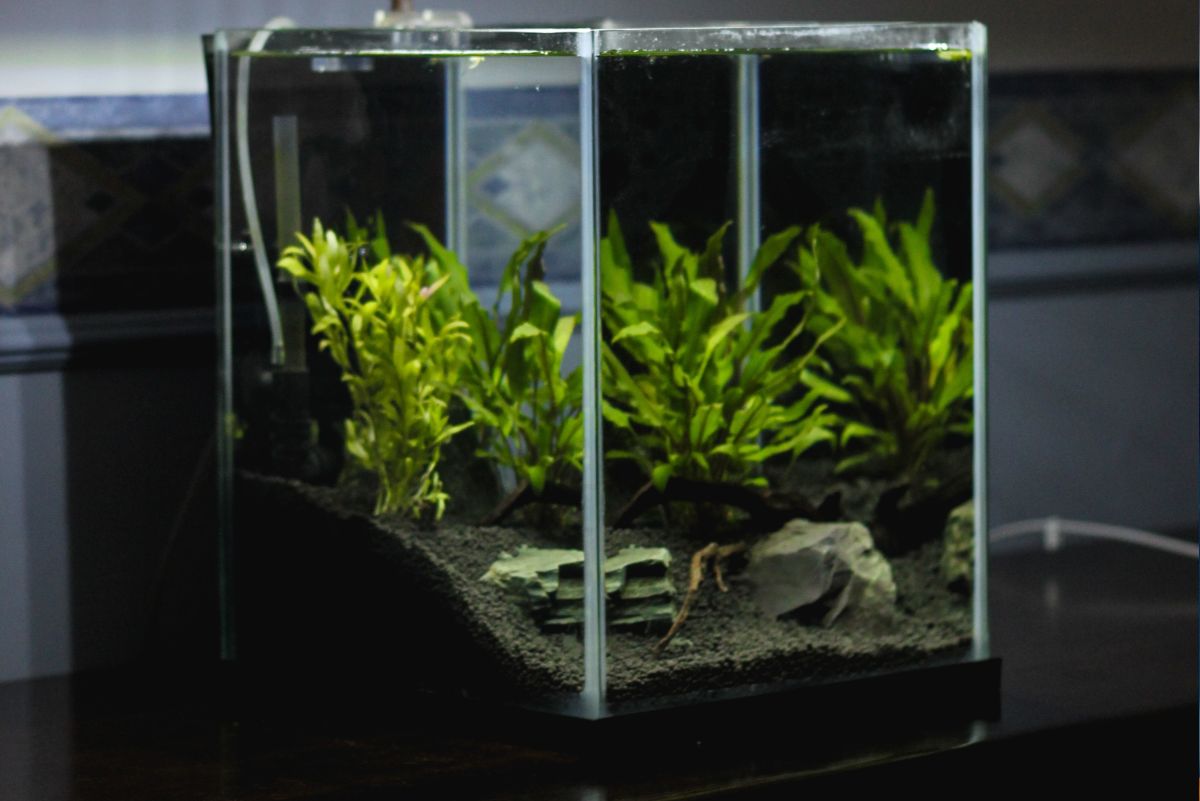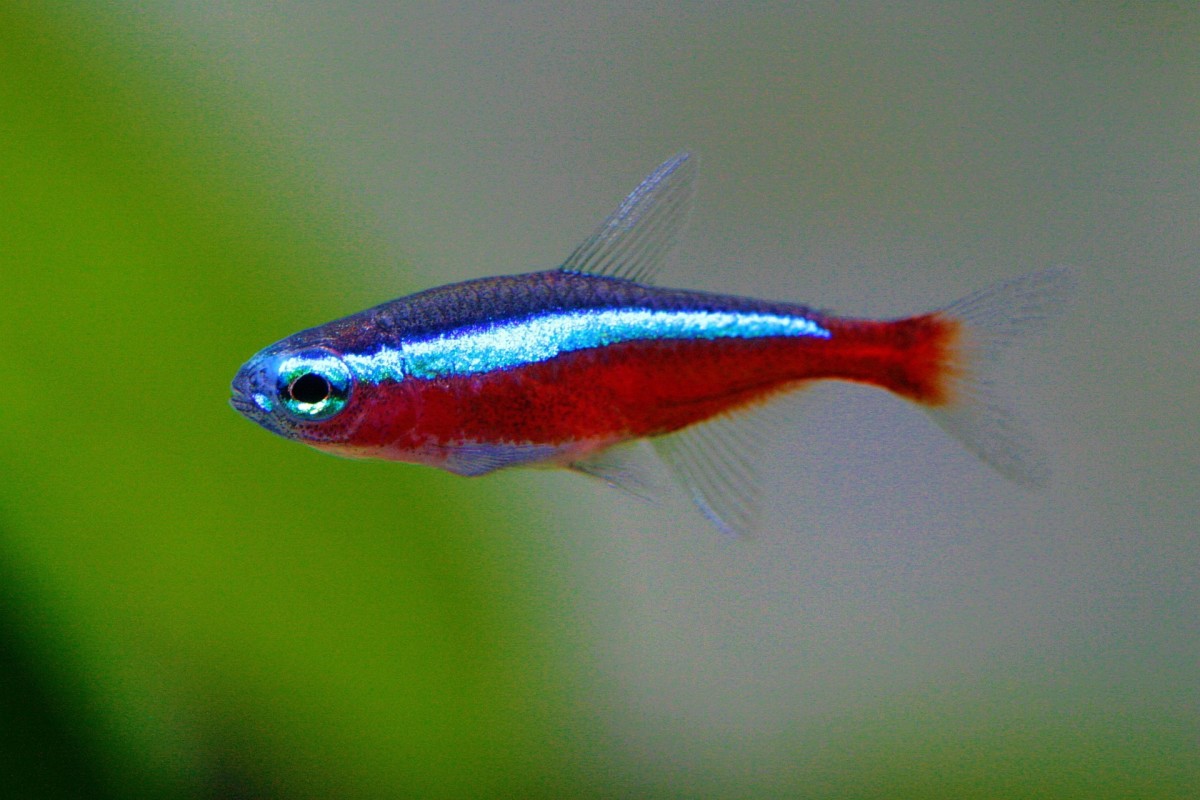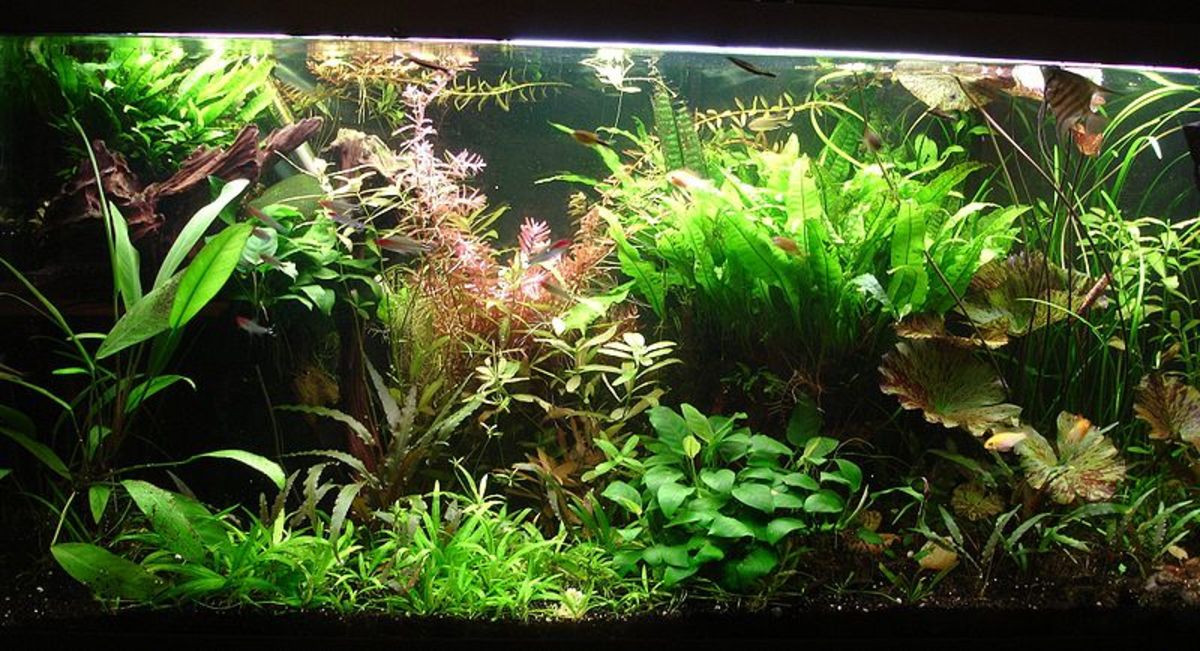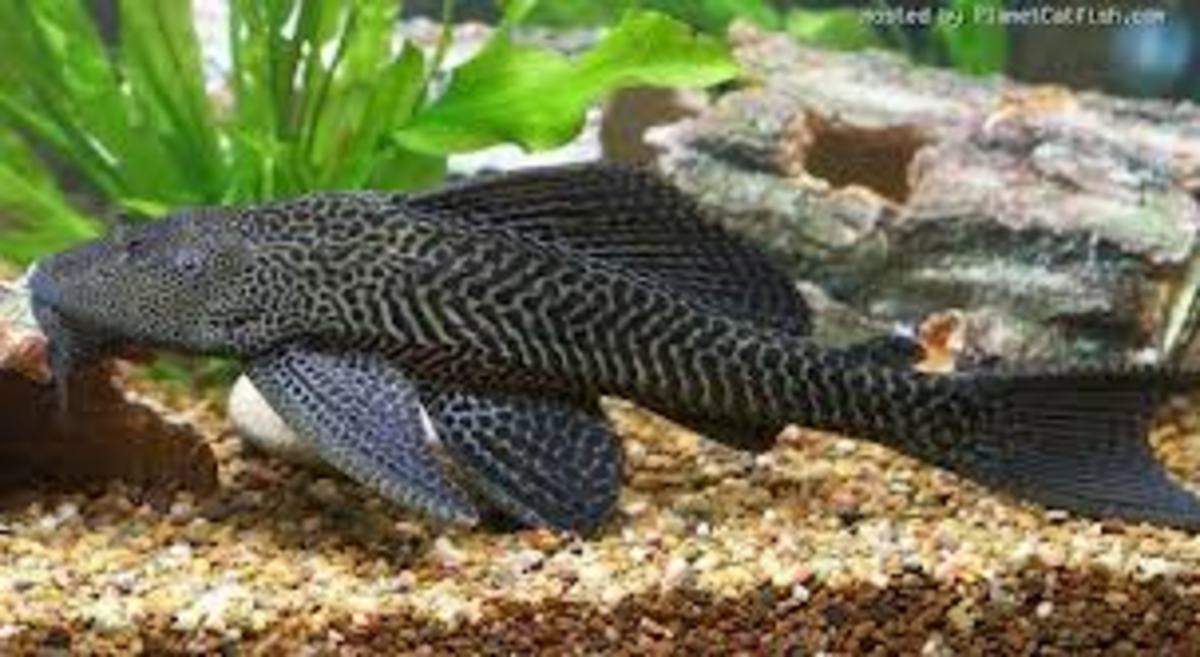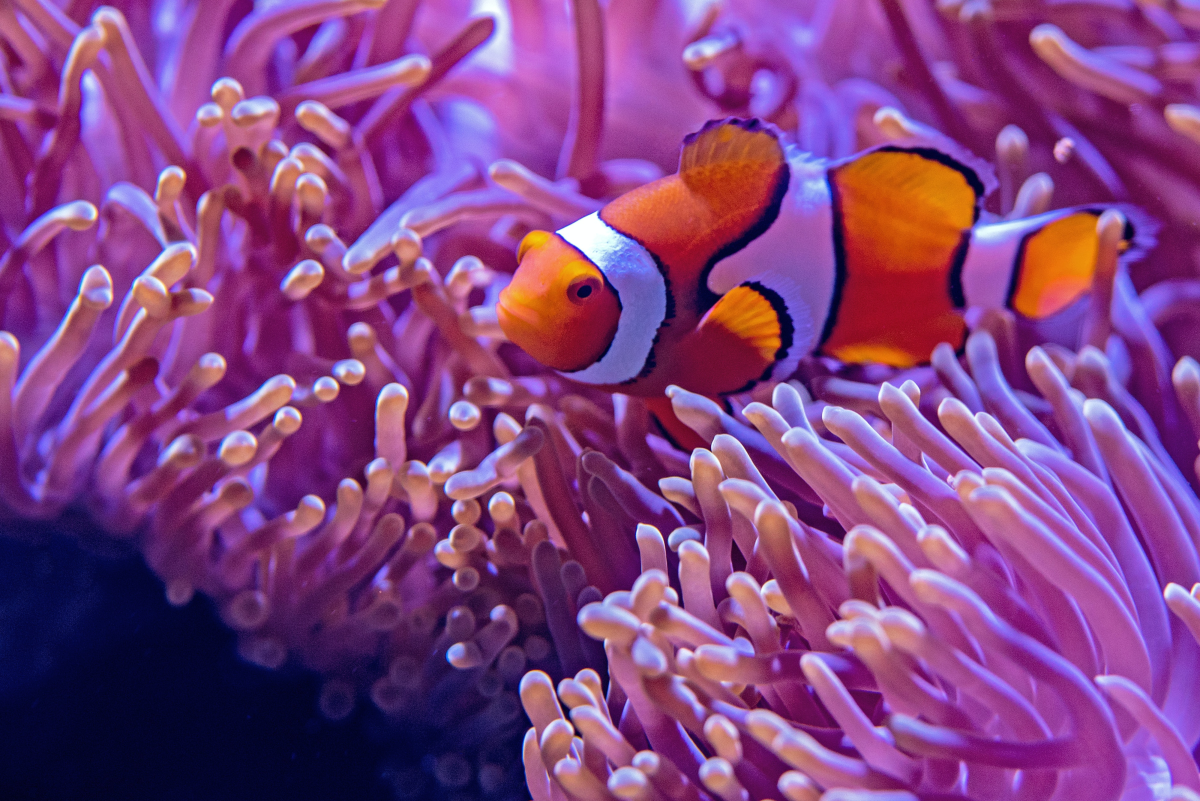How to Buy a Used Aquarium
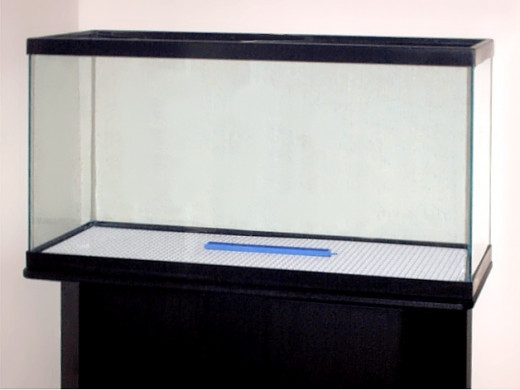
If you're just starting out with keeping fish as pets, or looking for an additional tank, it's important to know how to buy a used aquarium without getting 'hooked' on a bad deal. However, you need to consider several issues when checking out a second hand aquarium. These include how to check the silicon sealant, glass and how to correctly clean your used aquarium when you get it home.
You can find fish tanks for sale on Ebay, craigslist and at neighborhood garage sales. Some people will even give used aquariums away for free or next to nothing if they're moving.
Considerations when you buy a second hand fish tank:
Figure out the total amount you are willing to spend, considering all the things you need to buy, including the aquarium itself, filter, substrate / gravel, heater, decorations and of course the fish and food. You need to plan ahead on what size fish tank you want to buy. You need to consider:
- How many fish you want to host.
- The aquarium's weight when full (about 8 pounds per gallon).
- Your experience with aquariums so far. It's counterintuitive, but larger fish tanks are easier to care for than small ones. The larger the tank, the harder it is to screw up the balance of temperature, pH, nitrates, etc. Ten gallon or smaller tanks need extremely careful attention to avoid killing off all your fish.
- How you're getting your used aquarium home. Measure your trunk or hatch space in your vehicle, and make sure that used fish tank will even fit before you call the seller.
- Where you're looking on Ebay, etc. Shipping an aquarium is VERY expensive and a huge risk anyway. Look for local pick up or your own city's craigslist page.
- Price. Never pay more than 50% of new list price on a fish tank for sale.
How to Evaluate the Tank Before You Buy a Used Aquarium
Here's some good checklist items to run through when you're checking out your second hand fish tank:
Silicon Sealant
- This is what makes your aquarium a tank, and not a sieve. Look to make sure the silicon bead is intact and continuous through all the seams. Look for off colors or brittle sections. Ask the seller how long the tank has been empty if it doesn't have fish in it currently. Long term dry storage is bad for the silicon.
- Check the base frame for water stains. That is a sure sign there was a leak. Have the seller fill the tank up, if he's not displaying it full. While this won't immediately show you a slow leak, you can sure check for seepage.
- Ask the seller if they've ever used ich treatment if you plan on adding corrals or invertibrates. They hate the copper in ich treatments, which gets caught in the silicon and is darn near impossible to get out.
Glass
- Make sure there are no major cracks or any chips along the edges. All used aquariums will have minor scratches, which are especially visible when the tank is filled. But make sure they're not too distracting.
- Make sure the glass is nicely clear when it's full. That's harder to see when its empty.
- Don't bother trying to repurpose a terrarium as an aquarium. Glass won't hold up after being scoured by the sand and rocks without water in it. Also, terrariums built for that purpose will not withstand the force of many gallons of water. They're built with thinner glass.
The Stand, if appropriate
- If the used aquarium you're looking at comes with a stand, make sure it doesn't have any water stains to indicate a leaky tank. Also wiggle it a bit to see if it is wobbly or unstable. Bad stands may have stressed the actual aquarium in ways you can't notice at first.
Gravel / Sand
- If you're looking to buy a used aquarium that includes the previous substrate (the gravel/sand), make sure you dry it out completely to kill any parasites. If it's not particularly interesting, you can just replace it. New substrate is inexpensive.
Used Aquarium Decorations
- You can reuse the previous owner's plants and decorations if they don't appear broken or too dirty.
- If there are any cracks or tears, throw them out or leave them behind. Organisms will get trapped in those rough edges and are almost impossible to clean out.
- Clean the décor with warm water and a solid scrubbing. Never use soaps on anything that will go into an aquarium.
Used Aquarium Filters & Pumps
- Check the cords and the outside of the unit for hardwater stains that would indicate leaks. Always buy new filtration medium (the often blue charcoal fuzzy bit).
Second Hand Aquarium Heaters
- Used aquarium heaters are a tough one to test. Carefully monitor your aquarium's water temperature the first few days after you set it up. Abused heaters will often fail by not turning off automatically when the water reaches the target temperature. You want fish to look at, not boil for snacks. So keep an eye on those used heaters or just buy a new one to be safe.
Aquarium's History
- Casually and conversationally try to get information out of the seller about the tank's history.
- Why are they getting rid of it? What happened to the fish? What didn't they like about the hobby?
- You're looking for information about bad equipment, poor care and diseases that might still lurk in the used tank.
Cleaning Your New-to-You Aquarium
You cannot just toss some tap water in the tank and throw in a few platys. A used aquarium needs a thorough cleaning, and a 'cycling.' Some tips:
- No harsh chemicals or soap! Ever!
- Wipe, scrub and scrape your tank thoroughly with a vinegar or bleach / water solution at about 1 part vinegar or bleach to 10 parts water. Be careful not to abuse the silicon sealant.
- Let the tank sit with the solution and run the filter (without the charcoal filter) for a day to loosen and kill everything.
- Drain and let air dry.
- Rinse with tap water.
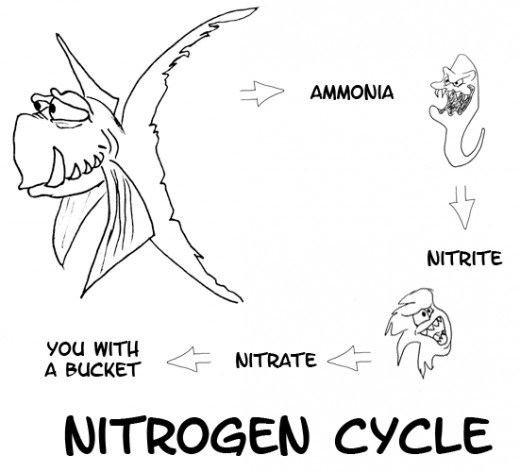
Cycle Your Aquarium
Clean used aquariums need to go through an ammonia cycle to make sure there are enough “good bacteria” to process your new fishes' waste matter, just like with totally brand new tanks. Cycling the tank with no or very few fish will also give you once last chance to look for slow leaks before committing a full school of fish.
Enjoy your new-to-you tank!
If you carefully choose, examine, clean and cycle a second hand aquarium, you and your new fishy friends will enjoy this rewarding hobby. There is much else to learn and discover being an aquarist. Good luck!


